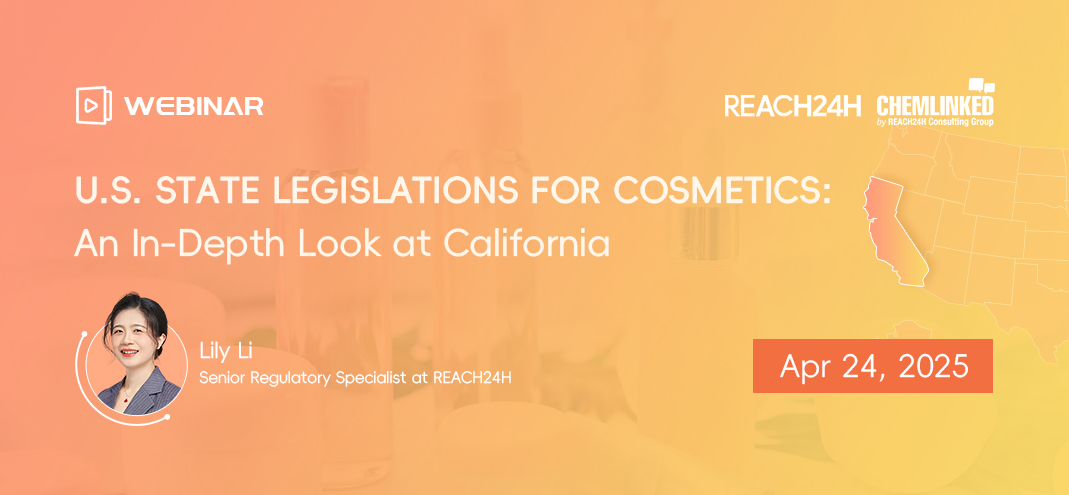Sharing of Inorganic Compound Registration Strategies
With the wide application of chemical substances, the targets of new chemical substance registrations in China have also been expanding. In recent years, REACH24H has undertaken a number of inorganic substance registration projects.
Inorganic substance is the abbreviation for inorganic compounds, which refers to all elementary substances and compounds with the exception of organic carbon (containing carbon-based substances). The vast majority of inorganic substances can be grouped into the four categories of oxides, acids, bases and salts. Due to the particular qualities of inorganic substances, physic-chemical and eco-toxicological data exemptions apply. The physical and chemical properties of the flash point, the partition coefficient(n-octanol/water), the stability in organic solvents and the characteristics of degradation products, as well as the biodegradability in eco-toxicological data all point to clear descriptions of the inorganic compound which can be exempted. In terms of the qualitative analysis of substances, inorganic substances also have their particularity compared to organic substances. Inorganic substances such as oxides are more concerned with elemental analysis, while inorganic substances such as salts may be similar to organic substances in general. In terms of spectral characterization, conventional infrared, routine IR and NMR plus elemental analysis are preferred.
Another key data point is adsorption-desorption. From the eco-toxicological exemption conditions, we have not seen the description that inorganic substance can be exempted from adsorption-desorption. In other words, inorganic substance cannot be exempted from adsorption-desorption data, but from our experience, some inorganic substances, especially oxides are not suitable for estimating the adsorption coefficient (Koc) of soil and sewage sludge for 106 adsorption-desorption (batch equilibrium method) and 121 high performance liquid chromatography (HPLC) because the current methods 106 and 121 are both for studying the interaction between organic matter and organic matter. The use of current methods for inorganic matter is of little significance. In addition, inorganic oxides is generally less soluble in water and more difficult to quantify. In this case, how do we submit this data point?
For inorganic substances, the adsorbability can not be judged according to log Kow. One reason is that the log Kow of inorganic substances cannot be estimated based on the conventional QSAR software (EPIWIN). The other is that the adsorption mechanism of inorganic matter is quite different from that of organic matter. Therefore, for this type of inorganic substances, REACH24H suggests that the absorption level of the substance be preliminarily evaluated according to the solid-liquid distribution coefficient (Kd) in different media. The Kd value can be estimated by querying the adsorption capacity of substances in solid and liquid. And, provided there were any interest in obtaining the specific Kd value, this will require it to be measured via an experiment (ICP-MS).


